I can’t imagine a better result from mailing out Christmas cards than the solving of a German postal mystery for my old friend James. It all comes down to whether the seven in the “78” in his address should be crossed or not

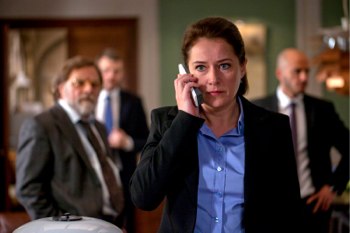 My friend Ann turned me on to the Danish television series Borgen, a political drama centred around the election and government of Denmark’s (fictional) first female Prime Minister.
My friend Ann turned me on to the Danish television series Borgen, a political drama centred around the election and government of Denmark’s (fictional) first female Prime Minister.
Borgen isn’t an easy series to track down: KCET in the U.S. streams some episodes, but it’s neither on Netflix nor iTunes, so one must make due with what one can.
Borgen has some soap operatic qualities – romances, break-ups, scandals, etc. – but a lot of the substance of the drama focuses on the dual challenges of keeping a multi-party coalition working and keeping a family going while you’ve got a twice-full-time job as Prime Minister. For a Canadian used to a moribund democracy, it’s novel stuff all this “leader of the Labour Party is Minister of Foreign Affairs” kind of government. And it’s heartening to see a democracy where, vestigial old-boyism aside, women have as much a role to play as men.
The highlight of the series is its star, actor Sidse Babett Knudsen, who’s simply brilliant. But there’s a strong supporting cast, a cast that has improved and grown more textured through season 2.
If you can track down Borgen – it’s available on DVD here in Charlottetown at That’s Entertainment, I am told – I recommend it.
I’ve been a Flickr user for 10 years and I’ve uploaded just over 9,000 photos there. Over all that time, here are the most viewed of those photos:
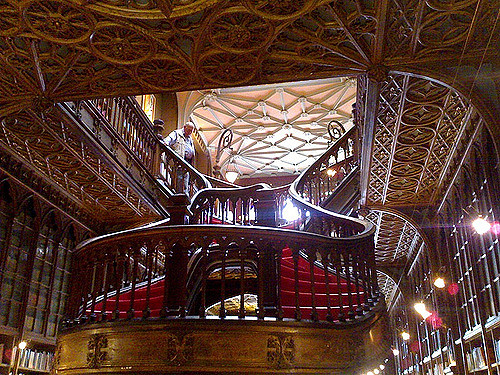
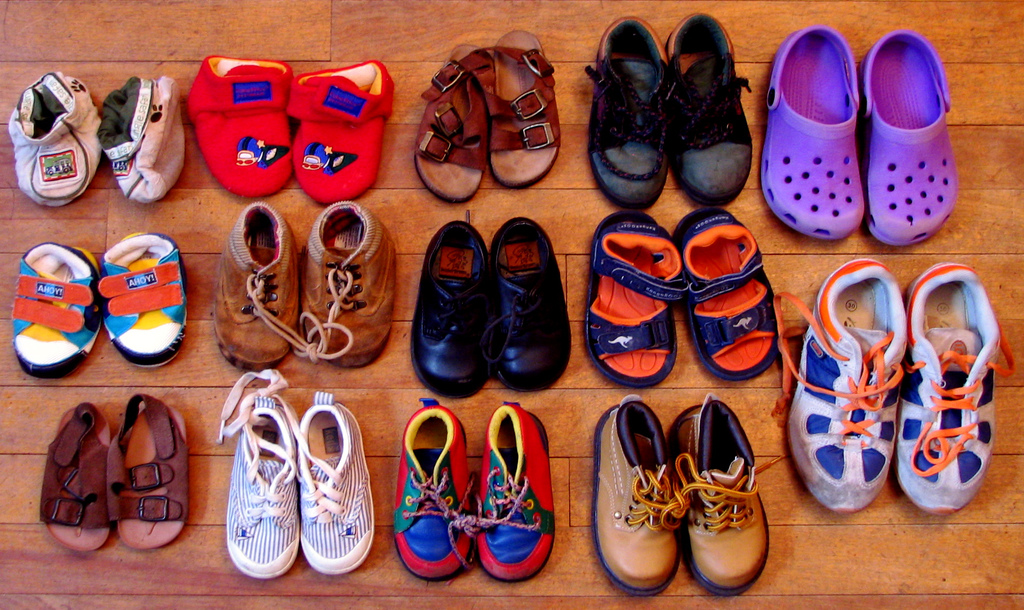
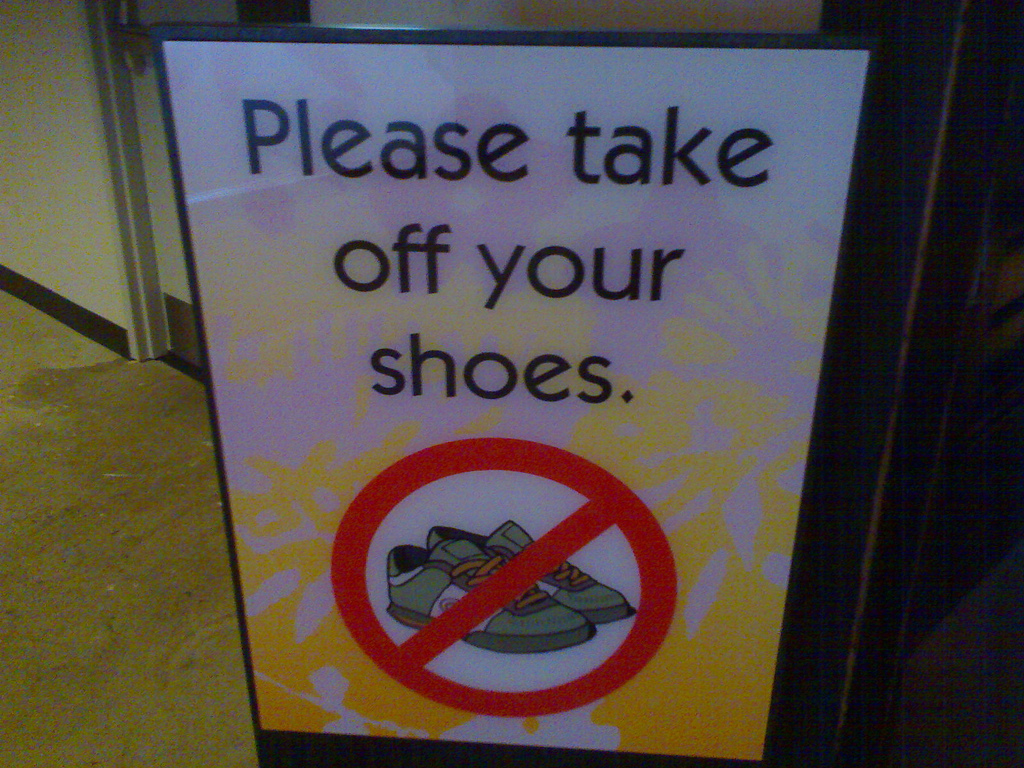
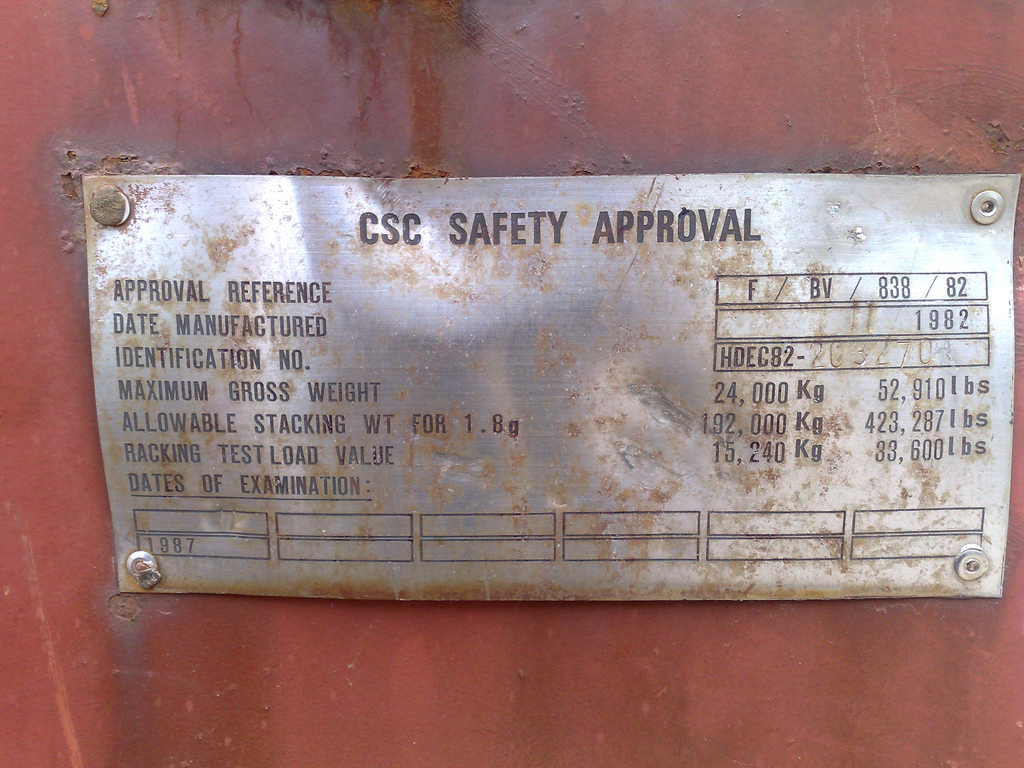
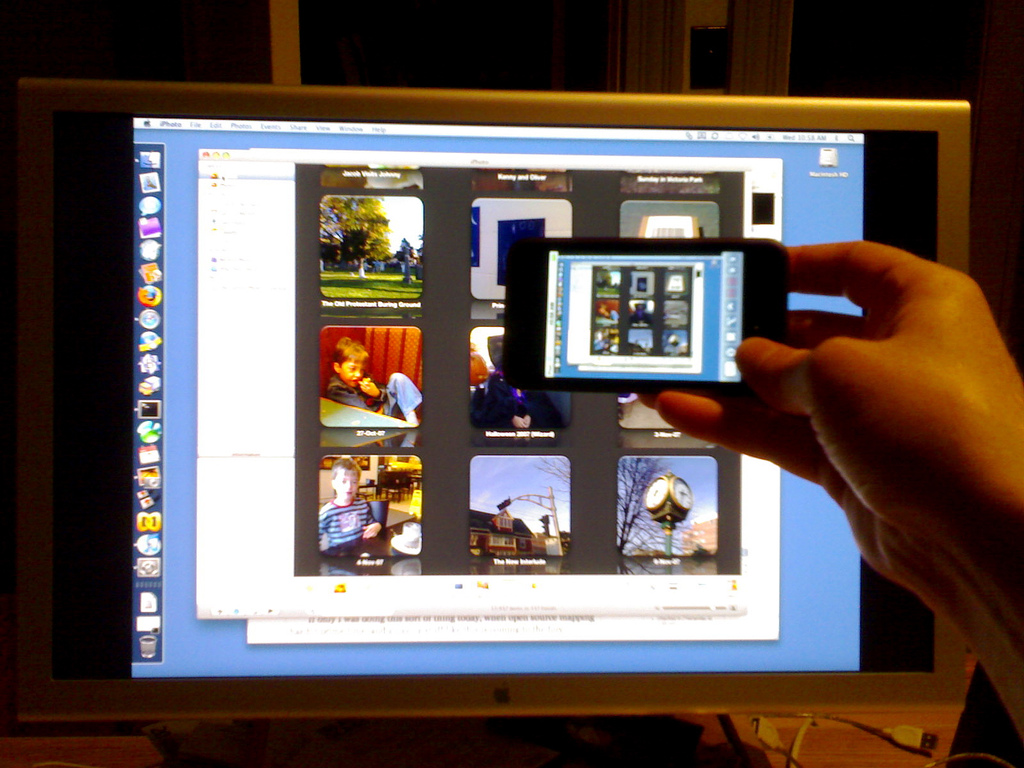

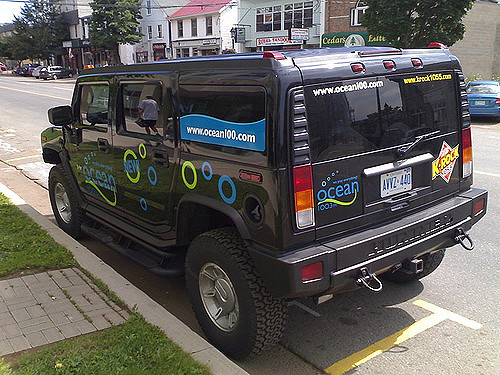
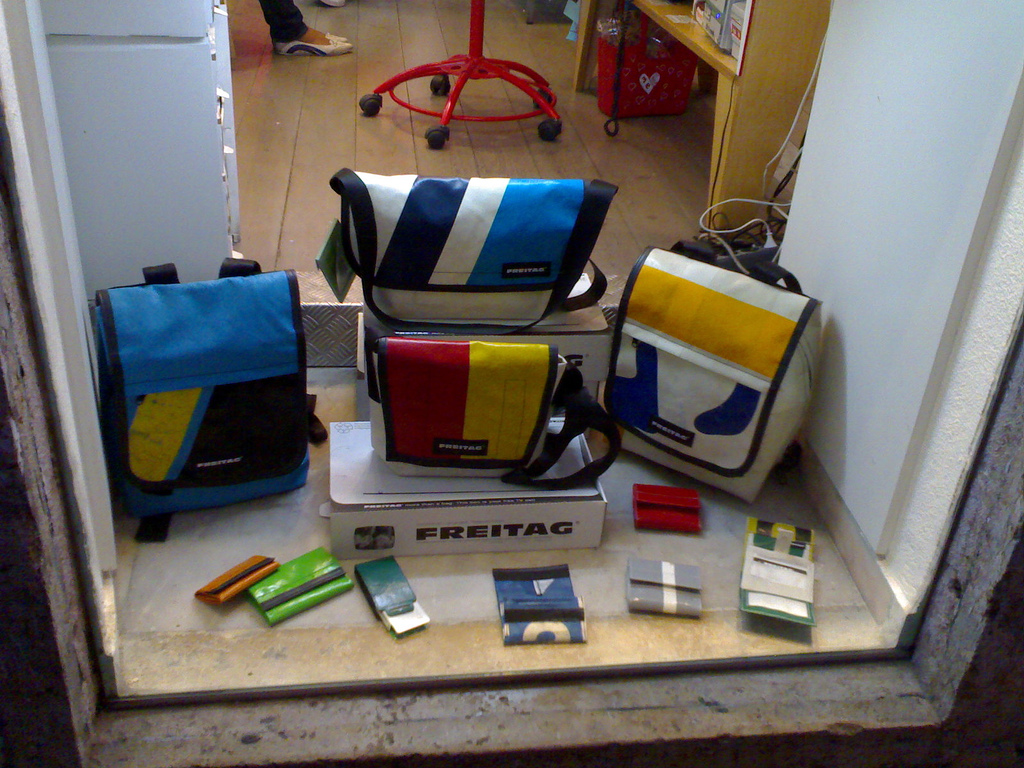
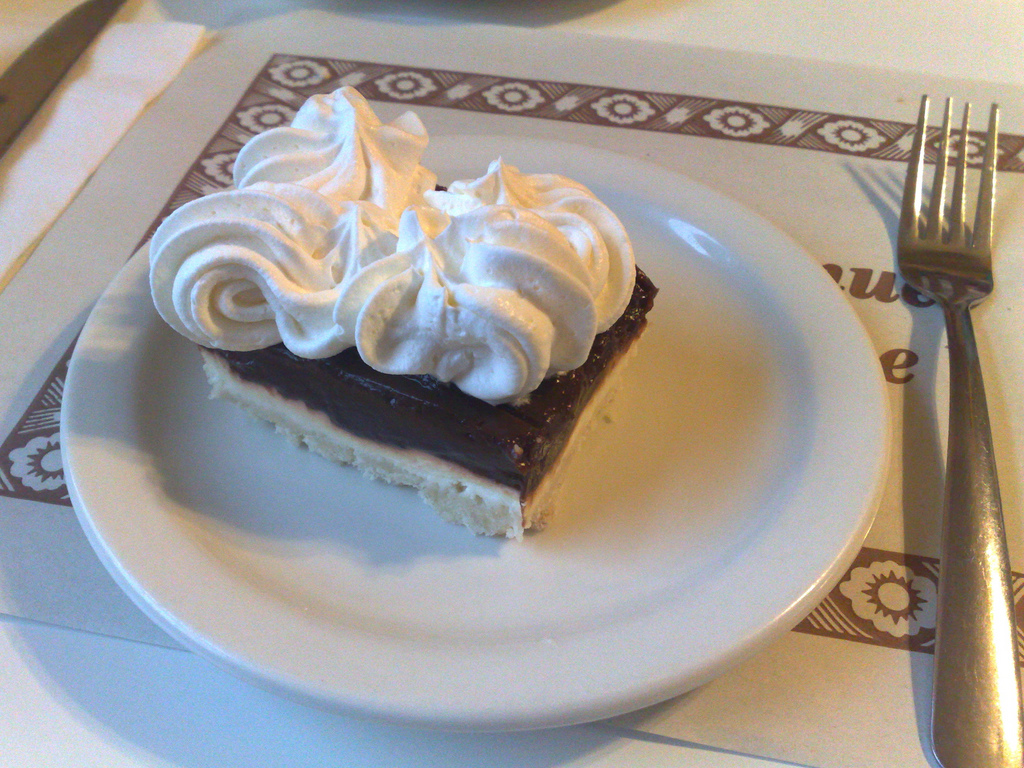
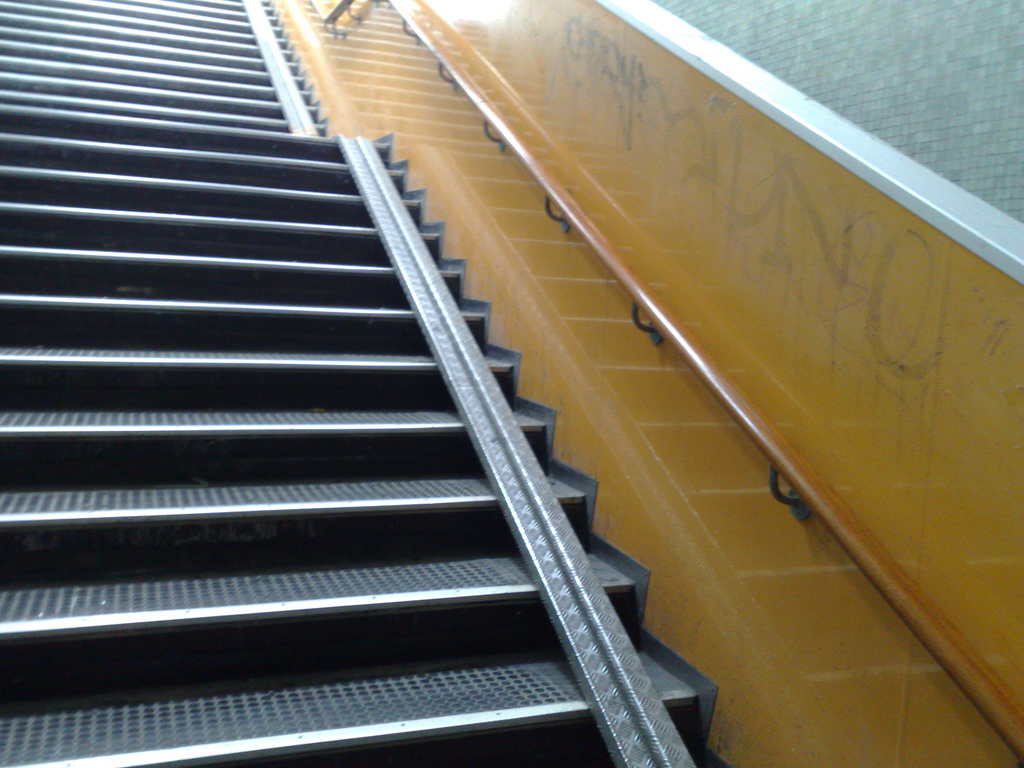
The Minister of Tourism, quoted in The Guardian, describing what a visit to Prince Edward Island on a cruise ship is like:
“It’s a one-day infomercial for Prince Edward Island and we are seeing some of those visitors that are returning.”
I admire his honesty, but not his fondness for the genre.
Mostly because I live in the middle of the infomercial set, and those cruise ship visitors with their belching diesel buses and annoying horse-drawn carriages and vacant looks of expectant wonder add nothing at all to the experience of actually living here.
I think we should aspire to better, higher mechanisms of welcoming people to our Island.
I updated Charlottetown’s Queen Elizabeth Hospital in OpenStreetMap this morning, as it has undergone quite a bit of change since it was first added there. I didn’t really grasp how much change had happened there until I did this.
Here’s what it looked like in OpenStreetMap before:

And here’s what it looks like now:
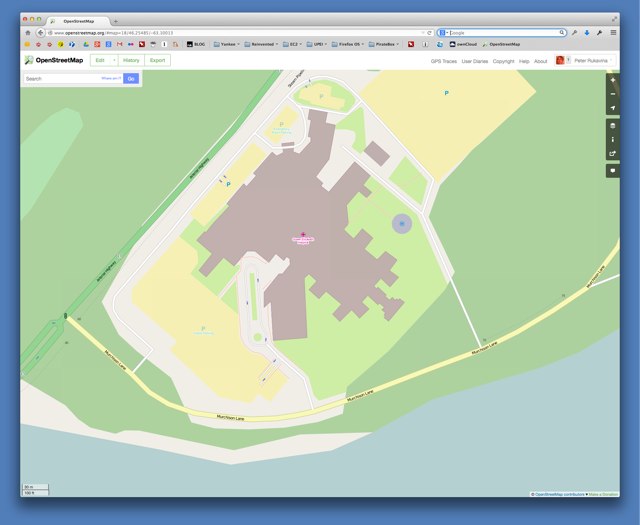
From The Guardian, January 15, 1914, one hundred years ago today. No mention of a “Celebration Zone” at all.
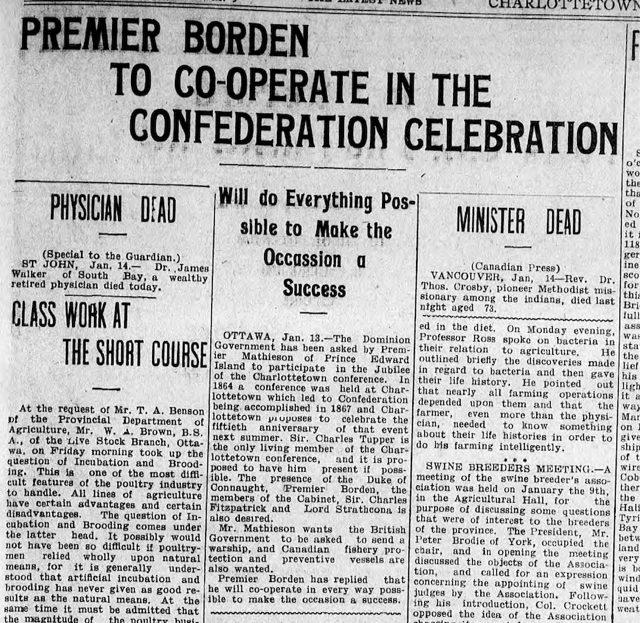
Here’s a photo I snapped this afternoon with my Firefox OS-driven Geeksphone Peak mobile phone. The Peak’s camera, as Firefox OS has improved and Geeksphone has applied its vendor-specific magic, has improved from a partially-functional mess into something that can take, on occasion, quite good photos.
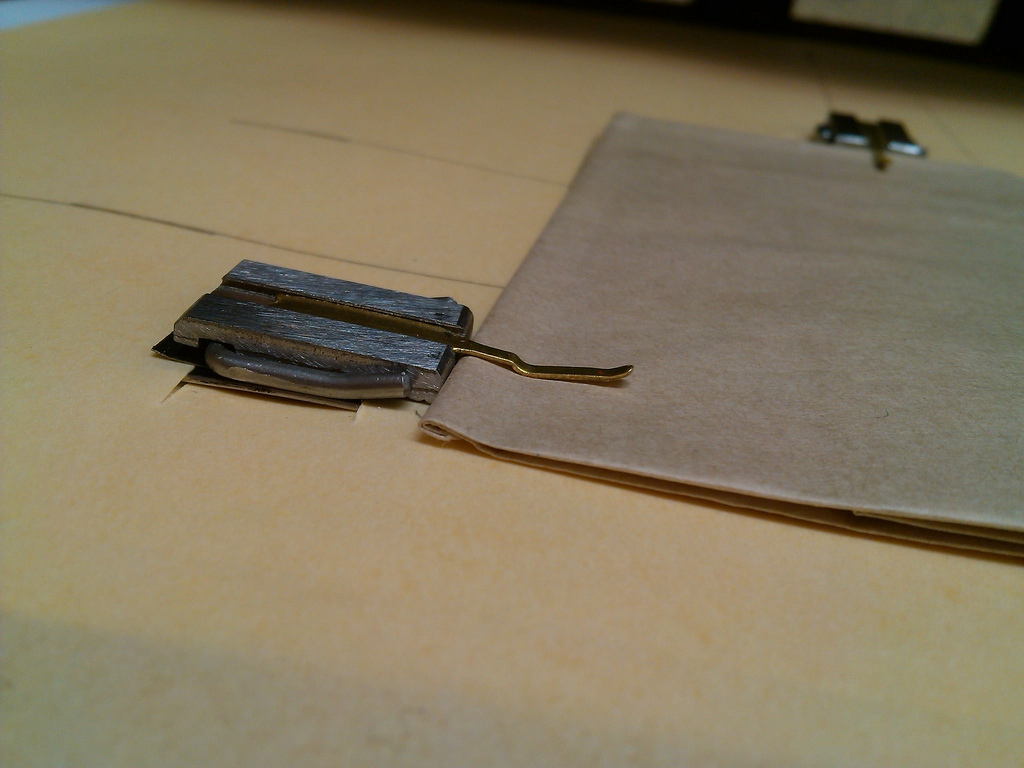
There are very few historical photosgraphs of our house at 100 Prince Street in Charlottetown, and those that are tend to be photographs of something else – Trinity Church is just up the street for example, and sometimes our house is caught in a corner of a photo of the church. Our next door neighbour, at 98 Prince Street is much more of a “marquee” house, and there’s a lovely photo, taken in 1904, of that house that includes a sliver of ours on the left.
Today that house next door – “Houle House” – is divided into several apartments, many of which are occupied, it turns out, by members of the band Colour Code. And Colour Code has released an EP called, appropriately, “Houle,” with a detail from that photo on its cover (oddly, all of the versions of the cover I’ve been able to find online are cropped so that the band’s name appears as “Colour Cod,” which, now that I think of it, is a better band name):
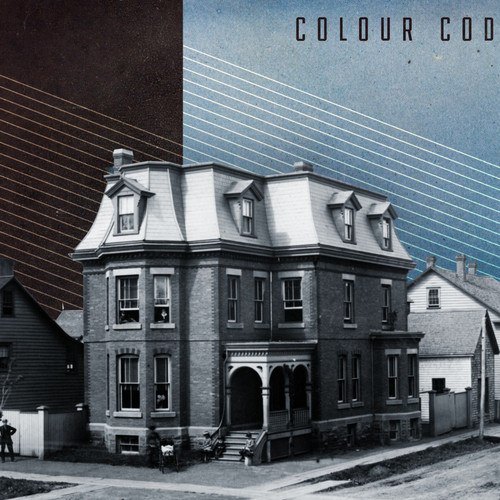
The original of the photo continues on to the left and includes much more of our house:
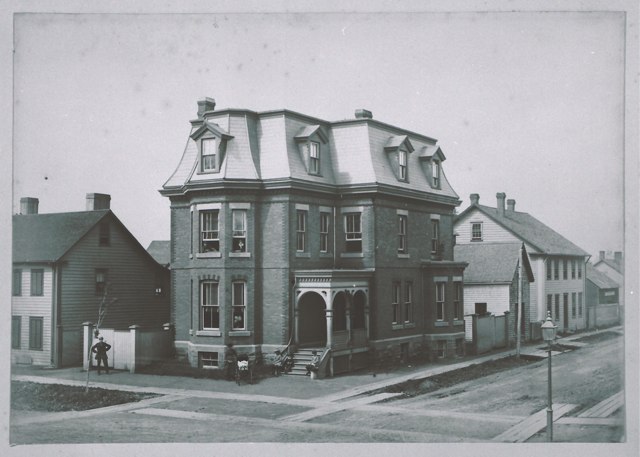
Of course when my band releases its album – I guess it will be called “Smith,” if we keep the same system up, after the Smith family that built the house in 1827 – we’ll crop 98 out and it will look something like this:
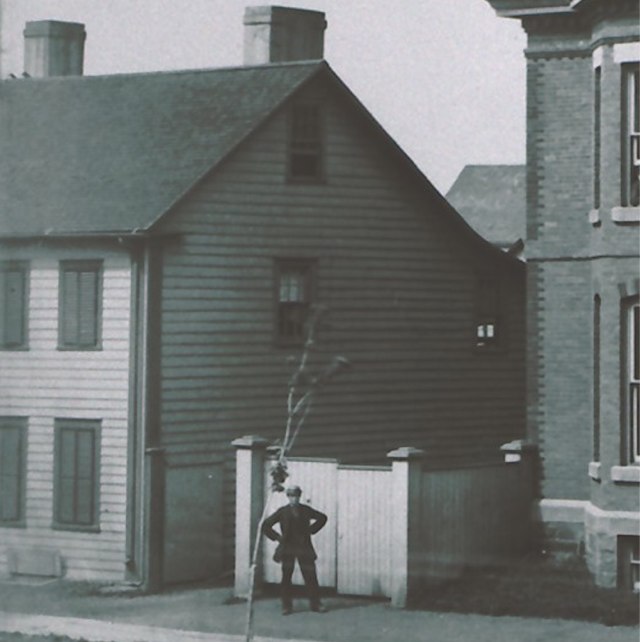
Occasionally we catch glimpses of the Colour Coders as they go about their daily lives on Prince Street. In that way it’s sort of like we live, say, next door to Arcade Fire. Very exciting, in other words.
Colour Code is having a release party for the Houle EP this Friday night, January 10, 2014, at Hunters, just up the street.
My friend Erin passed along a few engravings that she’d purchased many years ago in Aberfoyle, Ontario. One of them was of a collection of mittens and in this season of snow and ice it seemed like a good opportunity to take it for a ride.
I printed the mittens in gold, and overprinted the first stanza of In the Bleak Midwinter, one of my favourite songs. The mittens didn’t print perfectly, and the face I used for the text is battered by years of use so was a little uneven, but I’m happy with the result nonetheless.
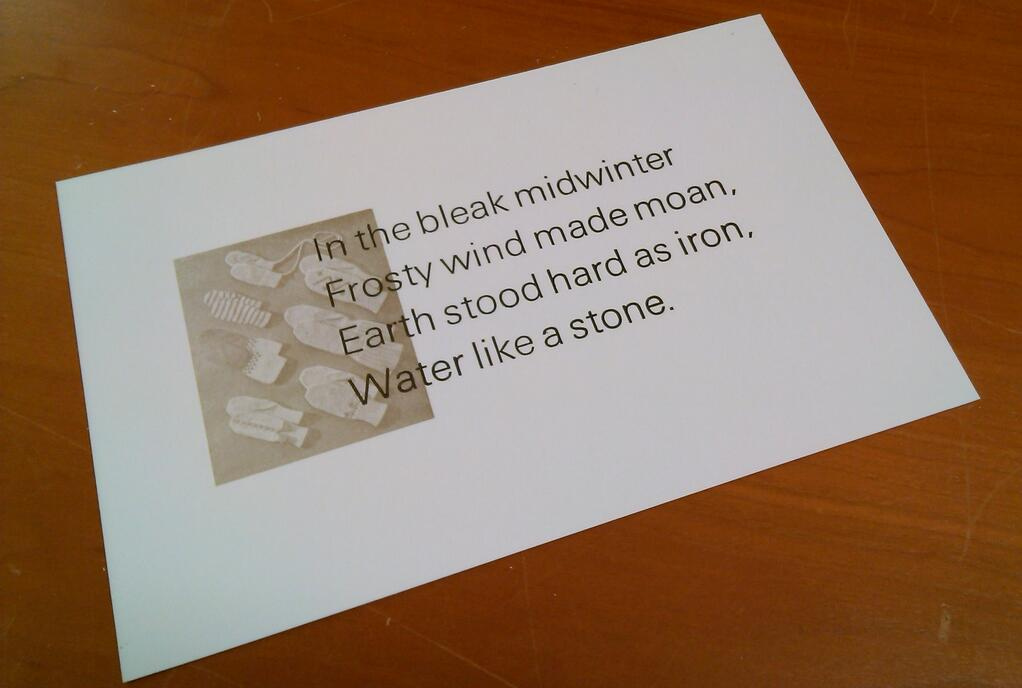
It was rather amazing to have the mittens spring to life from the copper engraving: the plate seems insufficient to create such detail, in the same way that a vinyl record seems like it shouldn’t be able to hold a symphony. Analog FTW!
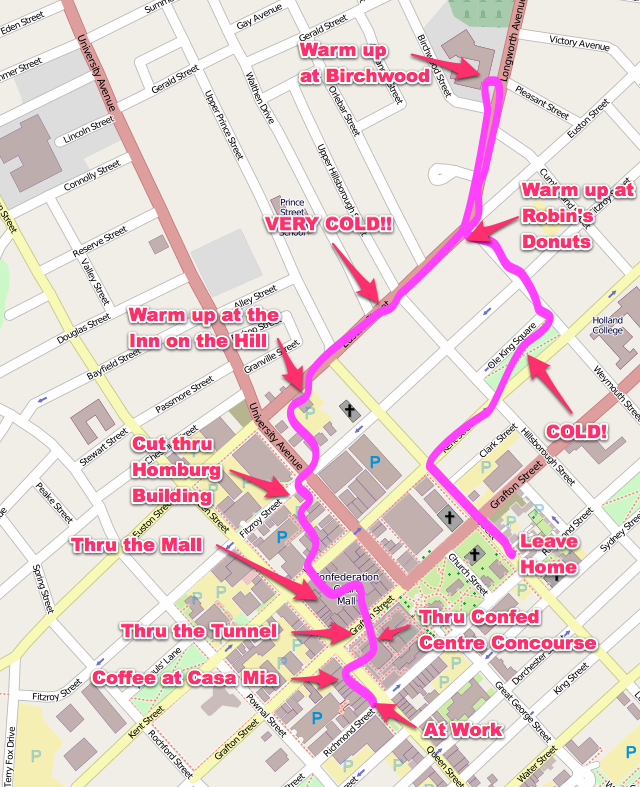
 I am
I am